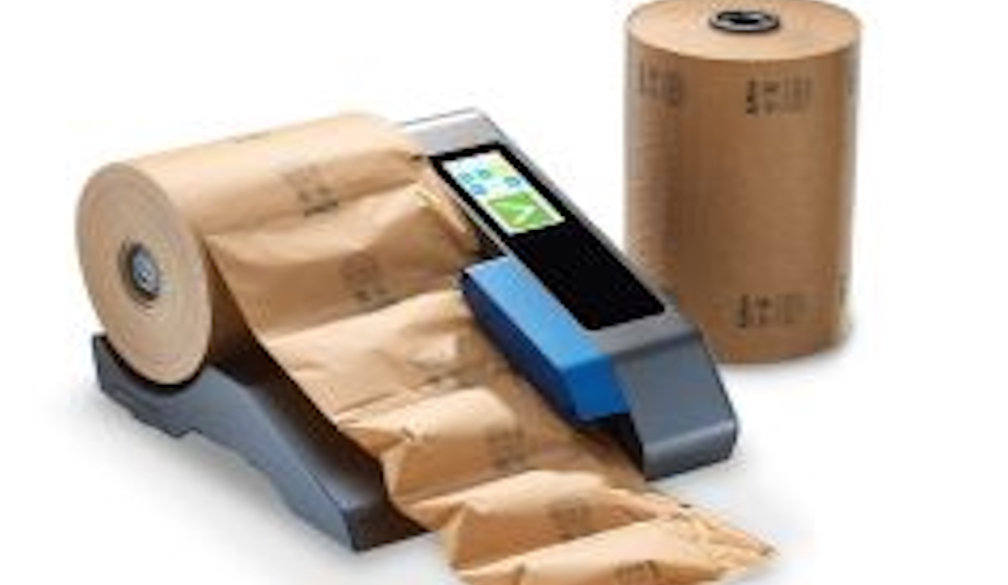The Future of Sustainable Packaging: Trends and Innovations

As environmental concerns continue to rise, sustainable packaging has become a key focus for businesses and consumers alike. The packaging industry is undergoing significant transformation, driven by the need to reduce waste, minimise environmental impact, and meet the demands of eco-conscious consumers. This article explores the future of sustainable packaging, highlighting the latest trends and innovations that are shaping the industry.
1. Biodegradable and Compostable Materials
One of the most promising trends in sustainable packaging is the use of biodegradable and compostable materials. These materials break down naturally over time, reducing the environmental footprint of packaging waste. Unlike traditional plastics, which can take hundreds of years to decompose, biodegradable packaging is designed to return to the earth without leaving harmful residues.
Innovation:
Companies are increasingly turning to plant-based materials, such as cornstarch, sugarcane, and bamboo, to create packaging that is both sustainable and functional. For instance, polylactic acid (PLA), derived from cornstarch, is a popular biodegradable material used in everything from food containers to shopping bags. Additionally, innovations in water-soluble packaging, which dissolves in water and leaves no trace, are gaining traction in various industries.
2. Recyclable Packaging Solutions
Recyclability remains a cornerstone of sustainable packaging efforts. As more consumers become aware of the environmental impact of single-use plastics, the demand for recyclable packaging has surged. Companies are focusing on designing packaging that can be easily recycled, reducing the need for virgin materials and minimising waste.
Innovation:
The development of mono-material packaging, which is made entirely from a single type of material, has emerged as a significant innovation. This approach simplifies the recycling process, as it eliminates the need to separate different materials. For example, packaging made entirely from one type of plastic or paper can be recycled more efficiently than multi-material packages. Additionally, advances in recycling technologies are enabling the recovery of materials that were previously difficult to recycle, such as certain types of plastics and laminates.
3. Reusable and Refillable Packaging
Reusable and refillable packaging solutions are gaining popularity as consumers seek ways to reduce waste and promote sustainability. This trend is particularly evident in industries such as personal care, food, and beverages, where companies are introducing packaging that can be refilled and reused multiple times.
Innovation:
Brands are experimenting with innovative packaging designs that encourage reuse. For example, some companies are offering refill stations where consumers can refill their containers with products such as shampoo, detergent, or beverages. Additionally, the concept of "returnable packaging" is gaining momentum, where consumers can return empty containers to the manufacturer for reuse. This approach not only reduces waste but also fosters a circular economy, where materials are continuously reused rather than discarded.
4. Edible Packaging
Edible packaging represents one of the most forward-thinking innovations in the sustainable packaging space. Designed to be consumed along with the product, edible packaging offers a zero-waste solution that could revolutionise the industry. While still in its early stages, this concept has the potential to significantly reduce packaging waste, particularly in the food and beverage sector.
Innovation:
Edible packaging is typically made from natural, food-grade ingredients such as seaweed, rice, or potatoes. Some companies have already introduced edible wrappers for products like sandwiches and snacks, while others are exploring the use of edible coatings to extend the shelf life of fresh produce. As research and development continue, edible packaging could become a mainstream solution for reducing packaging waste.
5. Smart Packaging for Sustainability
Smart packaging technologies are playing an increasingly important role in the future of sustainable packaging. By integrating digital features such as QR codes, sensors, and RFID tags, smart packaging can provide real-time information about a product's lifecycle, including its environmental impact.
Innovation:
Smart packaging can help consumers make more informed choices by providing transparency about the sustainability of a product. For instance, a QR code on a package could reveal information about the sourcing of materials, the carbon footprint of production, and the recyclability of the packaging. Additionally, smart packaging can enhance supply chain efficiency by tracking the condition and location of products, reducing waste due to spoilage or damage.
Conclusion
The future of sustainable packaging is being shaped by innovative materials, designs, and technologies that aim to reduce environmental impact and meet the demands of eco-conscious consumers. From biodegradable and recyclable materials to reusable and edible packaging solutions, the industry is moving towards a more sustainable future. As these trends continue to evolve, businesses and consumers alike will play a crucial role in driving the adoption of sustainable packaging practices, ensuring a healthier planet for future generations.













